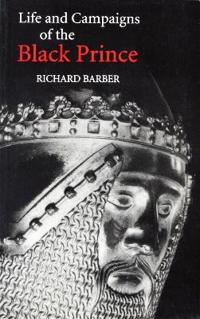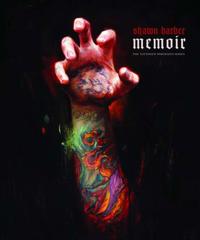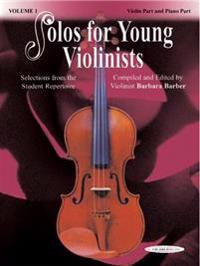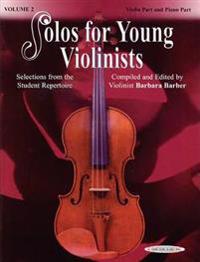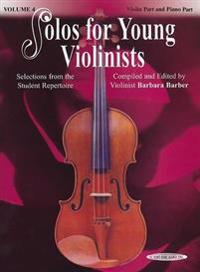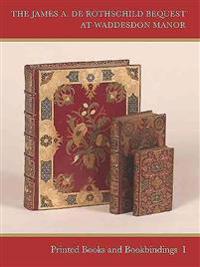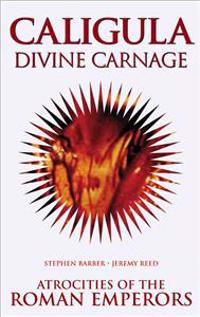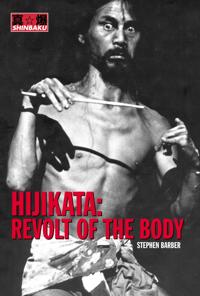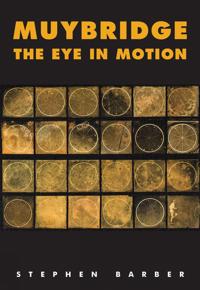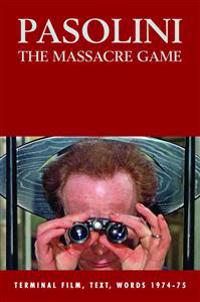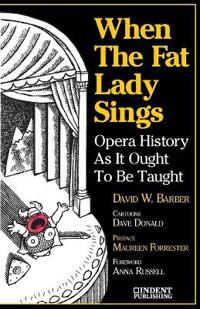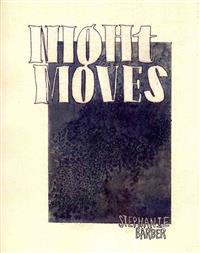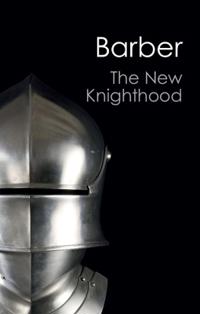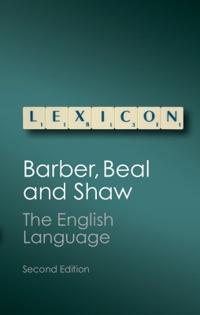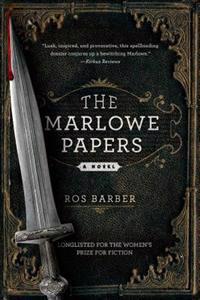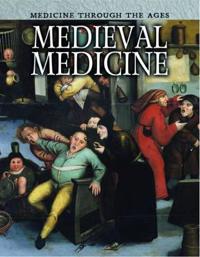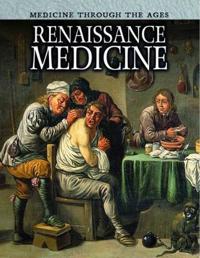The Life and Campaigns of the Black Prince (Häftad)
avRichard Barber
ISBN: 9780851154695 - UTGIVEN: 197901Edward of Woodstock, eldest son of Edward III, known as the Black Prince, is one of those heroes of history books so impressive as to seem slightly unreal. At sixteen he played a leading part in the fighting at Crecy; at twenty-six he captured the king of France at Poitiers; and eleven years later h[...]
Mental Health Law in England and Wales: A Guide for Mental Health Professionals (Pocket)
avPaul Barber, Robert E. Brown, Debbie Martin
ISBN: 9780857257215 - UTGIVEN: 2012-01-26Memoir (Inbunden)
avShawn Barber, Margaret Cho, Marisa Kakoulas
ISBN: 9780867197754 - UTGIVEN: 201209The Tattooed Portraits Series started in 2005 as a (means) to document Artists with tattoos, Tattoo Artists, the tattooing process / experience, and the history of contemporary tattooing. To specify the work would be to classify it as visual journalism- from the perspective of the artist, Shawn Barb[...]
Solos for Young Violinists, Vol 1: Selections from the Student Repertoire
avBarbara Barber
ISBN: 9780874879889 - UTGIVEN: 199701Solos for Young Violinists is a graded series of works ranging from elementary to advanced levels representing an exciting variety of styles and techniques for violinists -- a valuable resource for teachers and students of all ages. Many of the works in this collection have long been recognized as s[...]
Solos for Young Violinists, Vol 4: Selections from the Student Repertoire (Häftad)
avBarbara Barber
ISBN: 9780874879919 - UTGIVEN: 1997-01Catalogue of Printed Books and Bookbindings (Inbunden)
avGiles Barber
ISBN: 9780954731083 - UTGIVEN: 2013-082 Volume SetThe outstanding collection of late 17th- and 18th-century books, together with their sumptuous bindings, built up by Baron Ferdinand de Rothschild in the last 20 years of the 19th century, match his other extraordinary collections (covered by earlier catalogues in the series), and is amo[...]
Hitler's Rocket Soldiers (Inbunden)
avMurray Barber, Michael Keuer
ISBN: 9780955597756 - UTGIVEN: 201103In the final, desperate months of World War Two, at a time when the German war machine was considered by the Allies to be an almost spent force, Adolf Hitler unleashed a new weapon against England and western Europe that fell from the silence of the Earth's upper atmosphere and the edge of space. It[...]
Caligula (Häftad)
avStephen Barber, Jeremy Reed
ISBN: 9780971457812 - UTGIVEN: 200608This work is a new edition of a recent classic. Caligula was the most notorious of the Roman Emperors, who seduced his own sister, installed a horse in the Roman Senate, turned his palace into a brothel, married a prostitute, tortured and killed innocent citizens on a whim, and committed countless o[...]
Hijikata (Pocket)
avStephen Barber
ISBN: 9780982046432 - UTGIVEN: 201009"Hijikita: Revolt of the Body" examines the life and work of Tatsumi Hijikata (1928-86), who invented a revolutionary performance art and dance known as Ankoku Butoh, or 'Dance of Darkness'. The Butoh style of performance and movement premiered in Japan in 1959 and developed in subsequent years in r[...]
Muybridge (Inbunden)
avStephen Barber
ISBN: 9780983248057 - UTGIVEN: 201212Much of contemporary visual culture can be traced directly to the work of Eadweard Muybridge, photographer and film pioneer. In "Muybridge: The Eye in Motion", Stephen Barber analyses Muybridge's prodigious output principally through the photographer's own scrapbook, a multidimensional and unprecede[...]
Pasolini (Häftad)
avStephen Barber
ISBN: 9780985762506 - UTGIVEN: 201307Pier Paolo Pasolini's final year of life before his brutal murder is an extreme, intensive and accumulating period, as though he clearly anticipated his own extinguishment. While propelling himself into a position of polemical violence and political danger with his Pirate's Writings for prominent ne[...]
The New Knighthood (Pocket)
avMalcolm Barber
ISBN: 9781107604735 - UTGIVEN: 201203The Order of the Temple, founded in 1119 to protect pilgrims around Jerusalem, developed into one of the most influential corporations in the medieval world. It has retained its hold on the modern imagination thanks to the dramatic events of the Templars' trial and abolition two hundred years later,[...]
The English Language (Häftad)
avCharles Barber, Joan Beal, Philip Shaw
ISBN: 9781107693937 - UTGIVEN: 201203This bestselling text by Charles Barber, with updating contributions from Joan C. Beal and Philip A. Shaw, recounts the history of the English language from its remote ancestry to the present day. Using dozens of familiar texts, including the English of King Alfred, Shakespeare and Chaucer, the Engl[...]
The Marlowe Papers (Häftad)
avRos Barber
ISBN: 9781250044808 - UTGIVEN: 2014-01Winner of the 2013 Desmond Elliott Prize
Longlisted for the 2013 Women's Prize for Fiction
"You're the author of the greatest plays of all time."
"But nobody knows.
""And if it gets out, you're dead." On May 30, 1593, a celebrated young playwright was killed in a tavern brawl in London.[...]Parental Support, Psychological Control and Behavioral Control: Assessing R (Häftad)
avEditor:Brian K. Barber, Editor:Heidi E. Stolz
ISBN: 9781405153898 - UTGIVEN: 2005-12-31Fighting Poverty (Häftad)
avNicola Barber
ISBN: 9781406238525 - UTGIVEN: 2013-05All around the world - in both wealthy and less economically developed countries - there are charities trying to improve the lives of those in poverty. This book looks at the efforts of charity workers and volunteers, with exciting stories and case studies, and gives advice on how readers can get in[...]
Medieval Medicine (Inbunden)
avNicola Barber
ISBN: 9781406238716 - UTGIVEN: 201209Examines beliefs and practices, public health, and plague in the medieval world.
Renaissance Medicine (Inbunden)
avNicola Barber
ISBN: 9781406238723 - UTGIVEN: 201209Looks at the new 'scientific' ways of learning and experimentation of the Renaissance period, to show what health and disease were like in the Old and New Worlds.[...]
Who Journeyed on the Mayflower? (Inbunden)
avNicola Barber
ISBN: 9781406273083 - UTGIVEN: 2014-02-13

